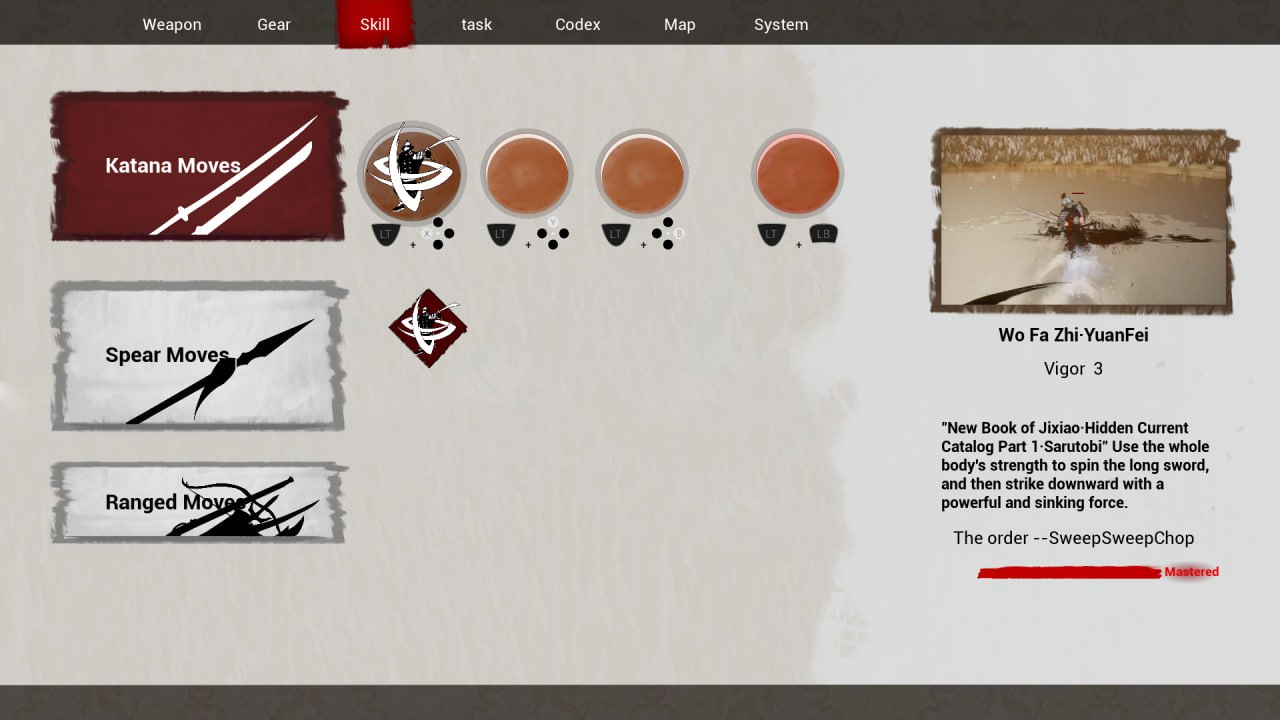The Last Soldier of the Ming Dynasty Review
Summary: The Last Soldier of Ming Dynasty is when a series of good ideas aren't executed and put together properly.
2.1
Broken
I always wondered what a product would be like if it were made by a talented team based on good ideas if there wasn’t enough dedication. Now I can rest easy because The Last Soldier of the Ming Dynasty has answered that question for me.
As the name of the game reveals, you will take control of a Ming soldier who has to help people get rid of fugitives and thieves. There is a poetic aspect to Asian combat style that I adore which is the flow of movement and uniqueness in executing different ways of combat. That was what hooked me to keep playing this game because believe me there is no other thing that you could possibly enjoy from The Last Soldier of Ming Dynasty.
Straight into the game I was shocked at how poorly the localization of this game was done in terms of UI/UX as well as translating texts of the game into English. There was even a scene where the text I got was in Chinese rather than English. Not to mention that not only there is no aesthetic value in the UI of this product but it overlaps with each other and the space between lines is done so poorly that you would rather not use the menu at all.
Once I got my head around that aspect of the game, the biggest flaw of The Last Soldier of the Ming Dynasty showed itself. There is nothing polished about this game. The movement of the main character and enemies is clunky, the environmental design is so poor that I was convinced it was done in less than one month, and the performance of this game on PC is just not acceptable.
The only part that I could rely on to carry me through the game was combat.
It is the only thing that was done just good enough to provide some hours of amusement and nothing else. The combat is a mix of Sekiro and Sifu where you have to dodge and parry attacks based on how the enemy is trying to hit you. It is a brilliant idea that executes so it could work fine but there were a lot of things that could have been much better.

For instance, the animation of attacks is far too basic which gives no visual satisfaction to the player when they dodge or parry. For instance, you will also get a sort of rage mode after hitting enemies that provide you with a chain of attacks and automatically parry the enemy’s attack. When you use it the color pallet of the game shifts and in that instance it seems as though the fabric of visual design is tearing apart in a split second.
If somehow you managed to deal with all these issues and progress through the game, you will notice how much potential this game had to become an interesting game. From the different weapons to different styles of combat to all sorts of enemies. It truly shows the talent behind the game but also how much they lack the dedication to put effort into making the game properly work and sum up everything in a full package.
And that’s what the core issue of The Last Soldier of the Ming Dynasty is. The context of the game is absolutely brilliant and good, but the packaging and organizing of the different aspects of the game and gluing them together is simply non-existent.
Final Thoughts
The Last Soldier of the Ming Dynasty is a broken game filled with good but unnourished ideas. From the environmental design to simple movement animation seems clunky and unpolished all the way. If the combat of the game wasn’t good enough, there wouldn’t be much of a reason to keep playing the game.










